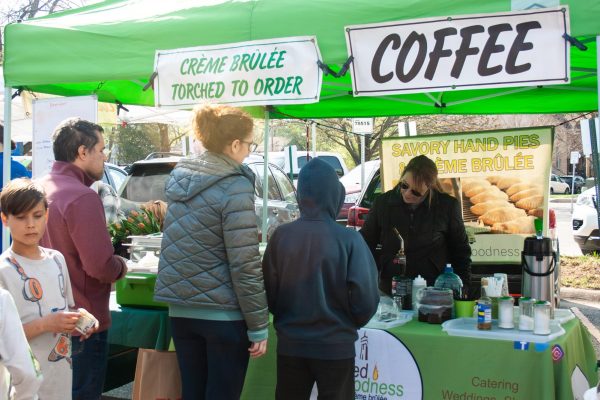Synthetic marijuana presents serious health risks
December, 2012, Texas sophomore Emily Bauer arrived at a hospital, blind and paralyzed after a reaction to synthetic marijuana. Nine months later, Bauer is finally making process towards a certain degree of normalcy.
Synthetic pot, also known as K2 and Spice, is a mechanically produced drug in which herbs or incense are sprayed with chemicals to create an elevated high.
“I’ve had several experiences,” junior Greg Daniels* said. “They were pretty wild. It’s a lot crazier than regular pot. It’s just like a lot stronger, I guess, like you lose more of a connection with reality. It’s more like you’re tripping balls than being high.”
A recent skyrocket in hospitalizations on account of synthetic pot has pushed the drug into the spotlight.
In 2010, when governor Mark Parkinson signed a bill to make the sale of JWH-018 and JWH-O73 illegal, Kansas became the first state to legally counteract synthetic marijuana. However, an attempt to ameliorate the problem left a large, dangerous one, and the halls of Free State aren’t untouched.
“Synthetic pot is a problem everywhere,” school nurse Paula Hatcher said. “Marketed [illegally] as a safe alternative to pot, it’s anything but.”
The currently prohibited chemicals used in the creation are the most threatening aspects.The unregulated market puts an already dangerous chemical in a murky state of understanding.
“One of the guys who invented one of the compounds used in making K2 said that you’d have to be an idiot to take it,” Hatcher said. “ You don’t know what you’re getting or what effect it will have on you. We’re talking Darwin award winners.”
Although progress has been made, recent cases have had the same long-lasting, grave implications.
“At its worse, trip to Emergency Rooms have increased because of racing hearts, pounding heads, hallucinations, paranoia, anxiety and a host of other issues, depending on what’s in the package,” Hatcher said. “If it’s important to experience those sensations, fall in love.”
As a fairly new substance, synthetic pot isn’t completely understood.
“There’s still researching being done on it—nobody knows the harmful effects,” said Larry Lindsay, student resource officer. “… That in it of itself is questionable whether you should be ingesting it or not …”
Synthetic pot still has a draw, especially for teenagers who are trying to avoid detection.
“I did it because I had to pass drug tests for awhile,” Daniels said. “That can be a factor because it doesn’t show up on drug tests. People also probably just do it to try it. It’s cheaper than regular marijuana, and when it was legal in Kansas, you could get it at gas stations, so it was easy to get.”
Because synthetic pot avoids detection on drug tests and creates a high similar to that of organic marijuana, health risks are rarely factored into the equation.
“I don’t know, it was just like, ‘What the hell, might as well,’” Daniels said.
The American Association of Poison Control Centers reports a decrease in calls in relation to synthetic pot from 6,968 in 2011 to 2,643 in 2013. This could be the direct result of legislation making availability scarce.
“Actually, I couldn’t get it anymore,” Daniels said. “They cracked down on it hard, and so it just became really hard to get.”
*This junior boy spoke to the Free Press under the condition of being anonymous. His name has been changed to protect his identity.
Your donation will support the student journalists of Lawrence Free State High School. Your contribution will allow us to purchase equipment and cover our annual website hosting costs.






